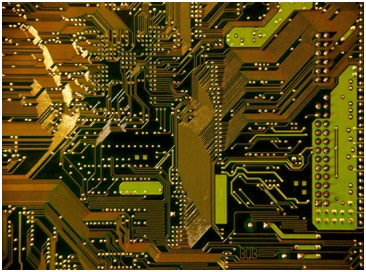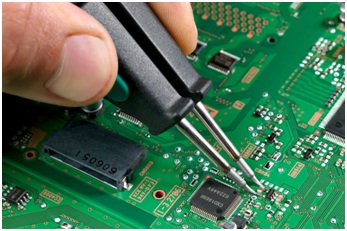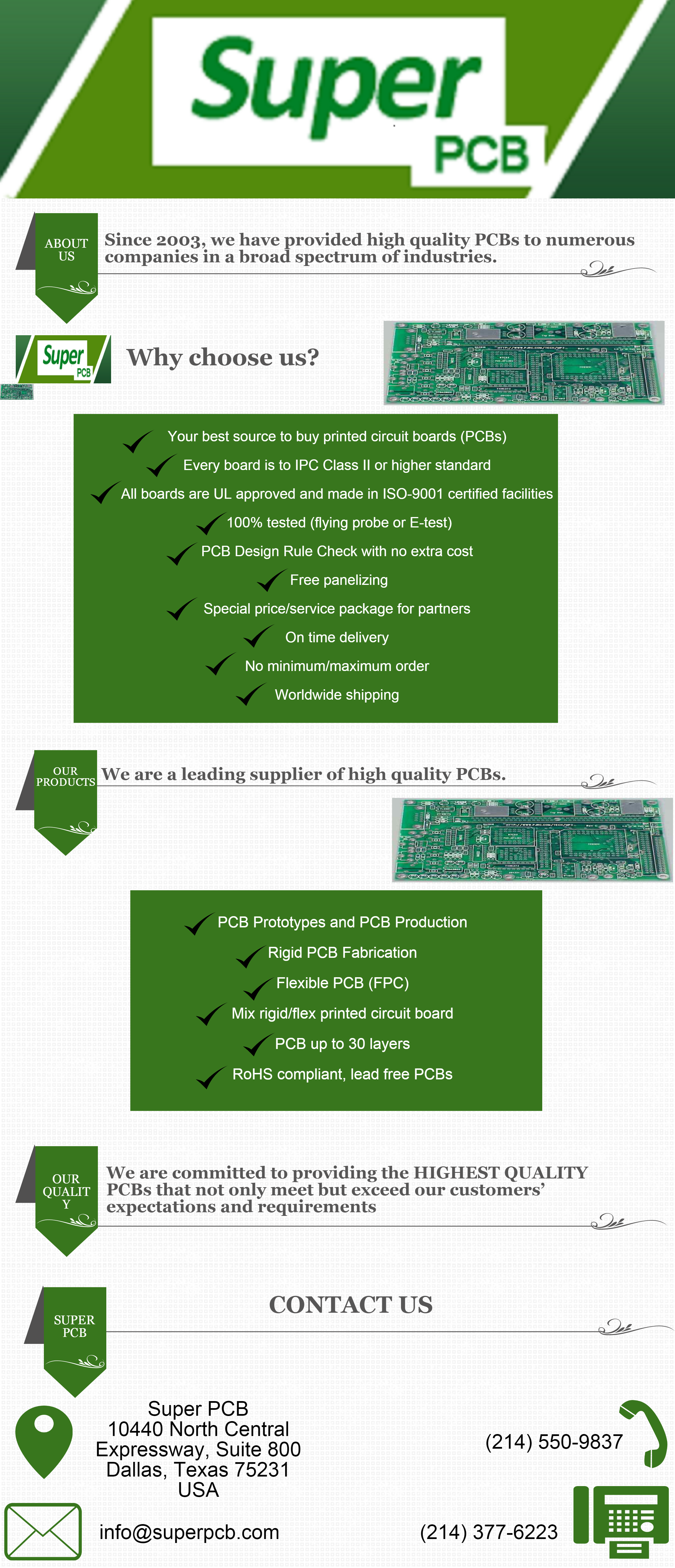 Speaking design wise, Printed Circuits Boards (PCBs) have come a long way since their inception in the early 1850s. Since then, they have evolved to fit and facilitate the rapid progress of technological achievements. The PCBs that used to be and the PCBs that exist today are as different from each other as you can imagine. To show you the exact difference, today we are going to tell you about the evolution of PCBs through some very important milestones in its history.
Speaking design wise, Printed Circuits Boards (PCBs) have come a long way since their inception in the early 1850s. Since then, they have evolved to fit and facilitate the rapid progress of technological achievements. The PCBs that used to be and the PCBs that exist today are as different from each other as you can imagine. To show you the exact difference, today we are going to tell you about the evolution of PCBs through some very important milestones in its history.
1850s – Origin
The origin of the PCBs can be traced back to the electrical connection systems in the early 1850s. It might be hard to imagine it now, but back then a wooden board was used as a base with electrical components, which were connected with metal rods and strips. Later, to make it more efficient and serviceable, the metal frames replaced the wooden board and thin wiring was used instead of metal rods and strips.
1900s – Advancements in Concept
‘Printed Wires’ was a concept which was patented in the early 1900s by Arthur Berry from Britain. At the time it was also called the print and etch method. But it wasn’t until 1925, when an American developer named Charles Ducas filed a patent of his version of the board which required the creation of electrical paths straight on the insulated surfaces, that something truly revolutionary in the history of PCBs happened because this concept had the potential to produce results by eliminating complex wiring systems.
1940s to 1970s – Advancements in Development
Despite that, the actual development did not proceed till Dr. Paul Eisler came into the picture. Dr. Eisler (originally from Austria but working in United Kingdom at the time) in 1943, filed his own patent for a method, which involved a non-electricity conducting hard base covered with a layer of copper foil and on which conductive patterns were etched. This method proved to be so successful that even the United States military took notice of it. Though they originally planned to use this method to develop weapons during World War II, the research led to the creation of sleeker, smaller, and more efficient transistors in 1950s, which was further aided by the production of doubled sided PCBs that had plated through holes.
The Institute of Printed Circuits (IPC) was established in 1957 in Chicago, Illinois. Since then it has morphed into IPC- Association Connecting Electronics Industries. The main purpose of this trade association is to regulate the assembly process and the electronic equipment production requirements.
A United States firm named Hazeltine, patented the technology plated through hole and it role in multi layer PCBs in 1961. This technology allowed developers to work on much more complex boards with components that could be placed more compactly. The manufacturing of PCBs with four and more layers started in 1960s and today, PCBs can have up to fifty layers. But it mostly depends on the application.
The Surface Mount technology was also developed in the late 1960s, but it wasn’t till the 80s that is saw great advancements.
1970s saw the introduction of integrated circuit chips. This again proved to be an important milestone because the components of integrated circuit chips were incorporated seamlessly with PCBs at that time and more advance PCB fabrication techniques came to the fore. The circuitry, the components and the boards themselves kept getting smaller and smaller and the method of hot air soldering became very popular for manufacturing. However the industry standard was created by Japanese developers with their process of using multiple aqueous developed Liquid Photo Imagebales (LPIs) masks.
1980s to 1990s – Breakout
The surface mount technology, developed during 1960s was brought to the fore in the early 1980s. The technology correlates to PCBs in a way that it uses electronics that are specifically made to either stamped or placed directly on one side of the printed boards. The devices that used the surface mount technology include integrated circuits, capacitors, resistors, and LEDs. This technology also replaced the through-hole components, the end result of which was that the size of the boards got even smaller without affecting its functionality.
In 1990s, multi layering allowed developers to create even more complex circuits boards. As the number of layers grew, the size of the board got smaller and the components along with all other types of material required to make the board began to go down in cost. This allowed developers to combine rigid and flexible PCBs in a myriad of devices. After that the focus was shifted towards efficiency, effectiveness, and speed. The lower cost of the components and materials boosted the production of PCBs in 1995, so much so that it reached over 7 billion dollars. 1995 was also the year when the era of High Density Interconnect (HDI) PCBs started.
2000s to Present
The fabrication of PCBs in United States alone reached more than 10 billion dollars in the year 2000. Today, both rigid and flexible PCBs are a highly affordable option for just about everyone.
Super PCB has made is possible to make PCBs a viable and highly affordable option for businesses. We specialize in developing printed circuit board prototypes and customized PCBs. To get a quote from Super PCB, contact us right now!


